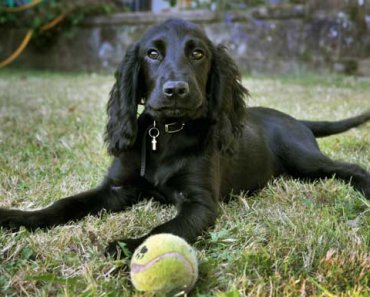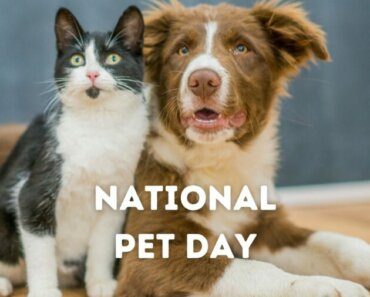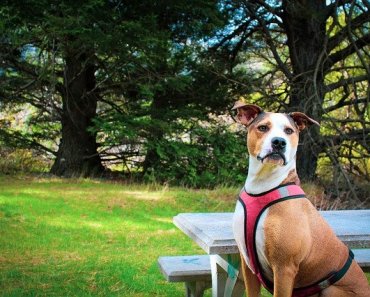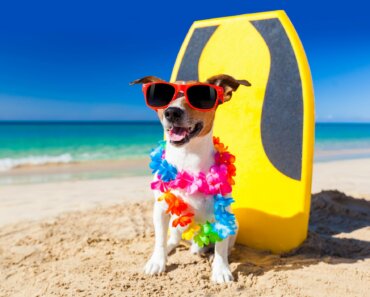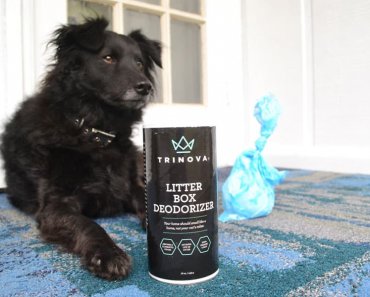These tips will help you address pet weight gain and obesity during the COVID-19 pandemic.
Over the past few months, as we’ve been collectively working to keep our communities safe and healthy, many of us have been spending more time indoors, and likely been a little less active. The unintended consequence of this may be weight gain. And now, as we are seeing the first signs of getting back to normal, albeit a new normal, many of us are thinking about ways to address those extra pounds.
The same is true for pets, especially those in cities without yards to play in. They’ve been staying at home too, and likely enjoying extra snacks like the rest of us. For some people, extra weight on their pet may just mean more to love, but it’s important to understand that even just a few extra pounds can lead to health problems such as heart disease or diabetes down the line. Fortunately, we can help avoid these conditions by keeping their weight at a healthy level.
If you’re not sure about your pet’s weight, consulting a body score chart is a great way to check. Here is a link to one for dogs, and here’s another for cats. At their ideal weight, dogs and cats will have a proportioned, slightly hourglass body shape when viewed from above, a slight tummy tuck, and a thin covering of body fat over the ribs and spine. When running your hands along their body, you should be able to feel the ribs and hips without pressing hard.
If you discover that weight gain has become a problem for your pet, here are six steps you can take to get things back on track:
1. Determine how much your pet currently weighs
Start by making an appointment with your veterinarian to weigh your pet and conduct a health check to make sure there are no underlying health conditions. It’s important to know where you are starting from. While many vets are still examining patients in person, there are also options to consult with a vet online if yours is closed or you don’t feel comfortable going out. It’s also possible to weigh your pet at home. Start by weighing yourself, then pick up your pet and weigh the two of you together. Subtract the difference and that’s your pet’s starting weight.
2. Consider their kibble
If your furry friend only needs to lose a little bit of weight, you can stick with the recipe you normally feed and just reduce the amount. Don’t drastically reduce it though. It’s important to go slow. The best way to measure the amount of your pet’s food is actually to weigh it. This is preferable to measuring by volume or free-feeding because weighing is more accurate and enables you to determine the precise amount you are putting in their bowl.
If your pet needs to lose more weight, there are pet food options that are specifically formulated for weight loss that can help keep your pet feeling satisfied while reducing their caloric intake.
3. Don’t forget about the treats
In addition to their main diet, it’s also important to think about the treats you give to show love and reward good behavior. Treats are often a major source of excess calories, either because of their ingredients, or because we are giving too many of them. A great alternative to more traditional treats can be a green bean, carrot or slice of an apple. Most pets love anything with a crunch! You can also consider treats that are not food-related and won’t contribute to weight gain, such as extra tummy rubs or scratches behind their ears.
4. Counteract weight gain with more activity
Getting more exercise with your pet is something that’s good for both of you. And while parks and beaches might be temporarily closed, there are still ways to get more active together. You could order some new toys to play with as you work from home, add a few more blocks to your physical distancing walk, or even toss a ball for them while you’re working out in your home gym. Some pets are even happy to try out the treadmill themselves. But go slowly. If you force them to get too much exercise too quickly, you can put undue stress on their body that they aren’t used to. Dogs in particular are known to keep on going, even if they feel discomfort.
5. Keep track of your progress
On a weekly basis, it’s key to weigh your pet to see how much weight has been lost. Your goal should be a 1–2% weight loss per week – no more. If your pet loses weight too quickly, it can be harmful, especially for cats who are more susceptible to developing a severe liver disease called hepatic lipidosis.
Continue to adjust the amount of food your pet receives each week until weight gain is no longer a problem, and a slow and steady weight loss is measured. It can be helpful to keep a written or electronic record of their progress so you don’t forget week to week.
6. Avoid falling back into old habits
Once your pet reaches their optimal weight, don’t stop what you are doing! It’s important to maintain the new patterns you’ve established to keep your pet from regaining the weight they’ve worked so hard to take off.
As pet parents, it’s a no brainer that we want the very best for our pets, and ensuring they maintain a healthy body weight is one of the most important things we can do to ensure their long-term health and well-being. Your local pet specialty retailer can also be a great resource when it comes to combating weight gain!



